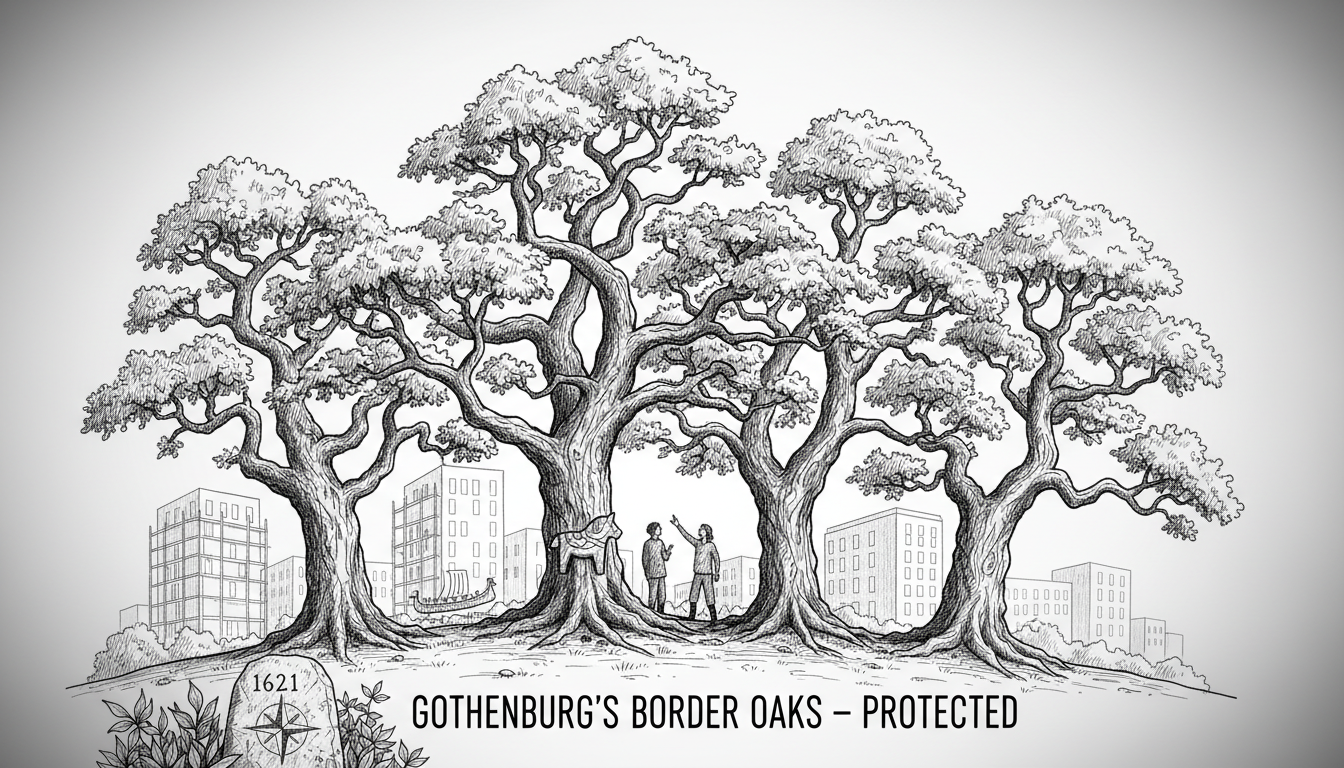Gothenburg's Historic Border Oaks Get Protected Status
Four 400-year-old border oaks in Gothenburg have received official heritage protection. These trees marked property boundaries when the city was founded in 1621. The protection ensures their preservation amid ongoing urban development.

Four ancient border oaks in Gothenburg have received official heritage protection. The trees were originally planted in the 1600s to mark property boundaries.
Johannes Hulter, chair of Gothenburg's city planning committee, explained the decision. He said protecting historical elements becomes crucial as cities grow and change. The border oaks literally echo rich history and are appreciated by both residents and visitors.
Gothenburg was founded in 1621. Four large farms already existed in what is now the Örgryte district. Farmers planted these special oaks to mark their property lines.
Urban development has claimed most of these historic trees over the centuries. Only four of the original giants remain standing today.
Officials determined these oaks deserve special protection for two main reasons. Their advanced age and historical significance to Gothenburg's development made them worthy of preservation.
The heritage designation means the trees now have legal protection against removal or damage. This comes as Gothenburg continues expanding and modernizing.
One of the protected oaks stands on what is now one of the city's most expensive streets. That particular tree holds the unique distinction of having its own separate property designation.
Urban preservation often faces challenges against development pressures. Gothenburg's decision shows that even individual trees can gain official recognition when they carry sufficient historical weight.